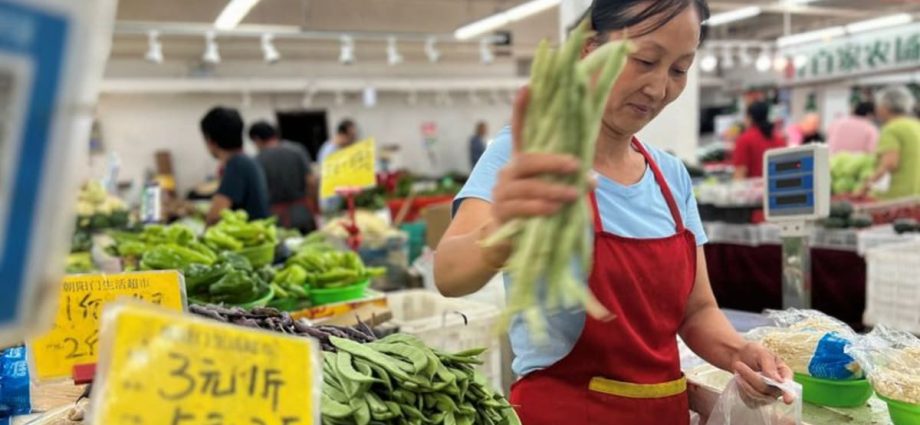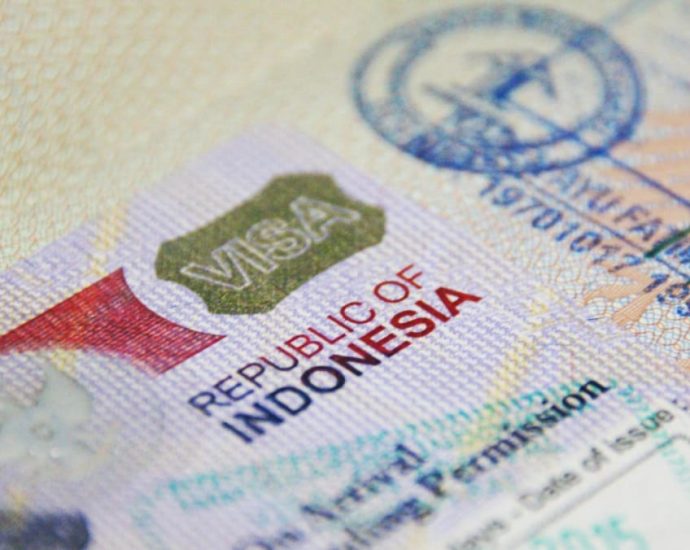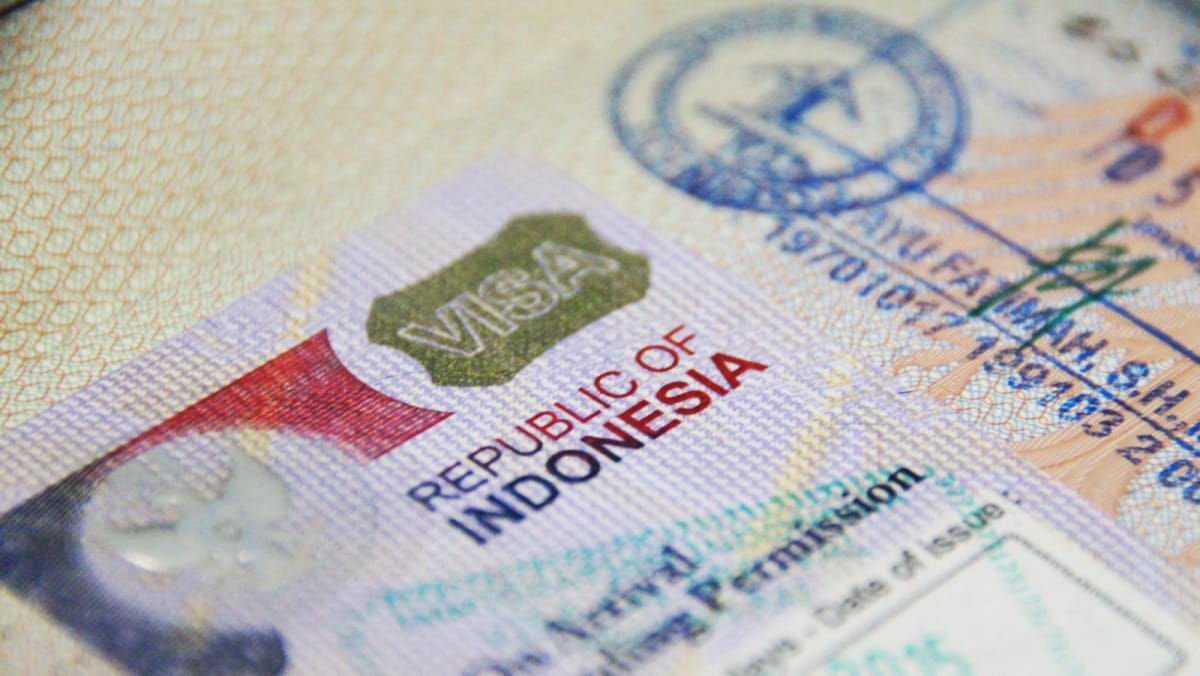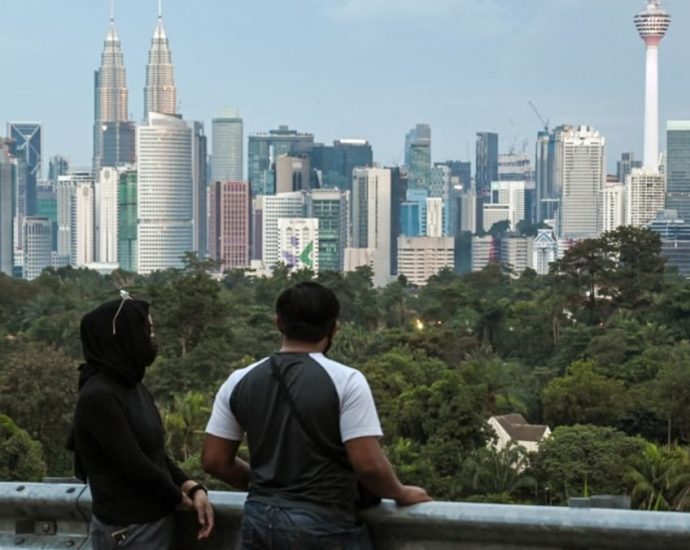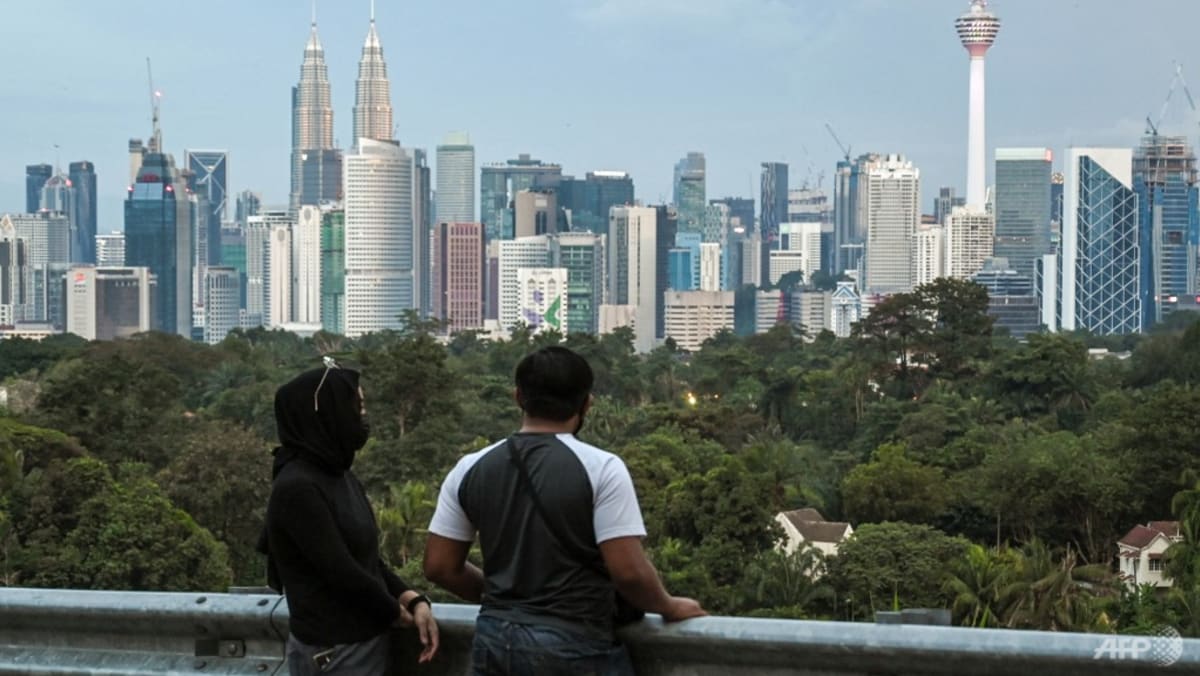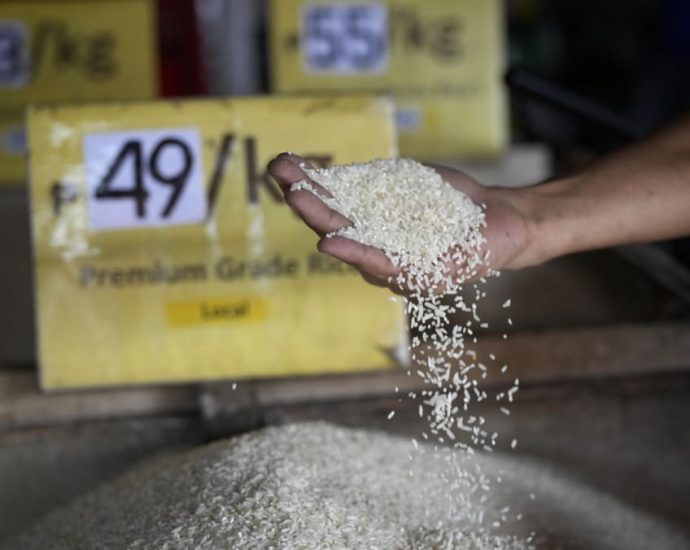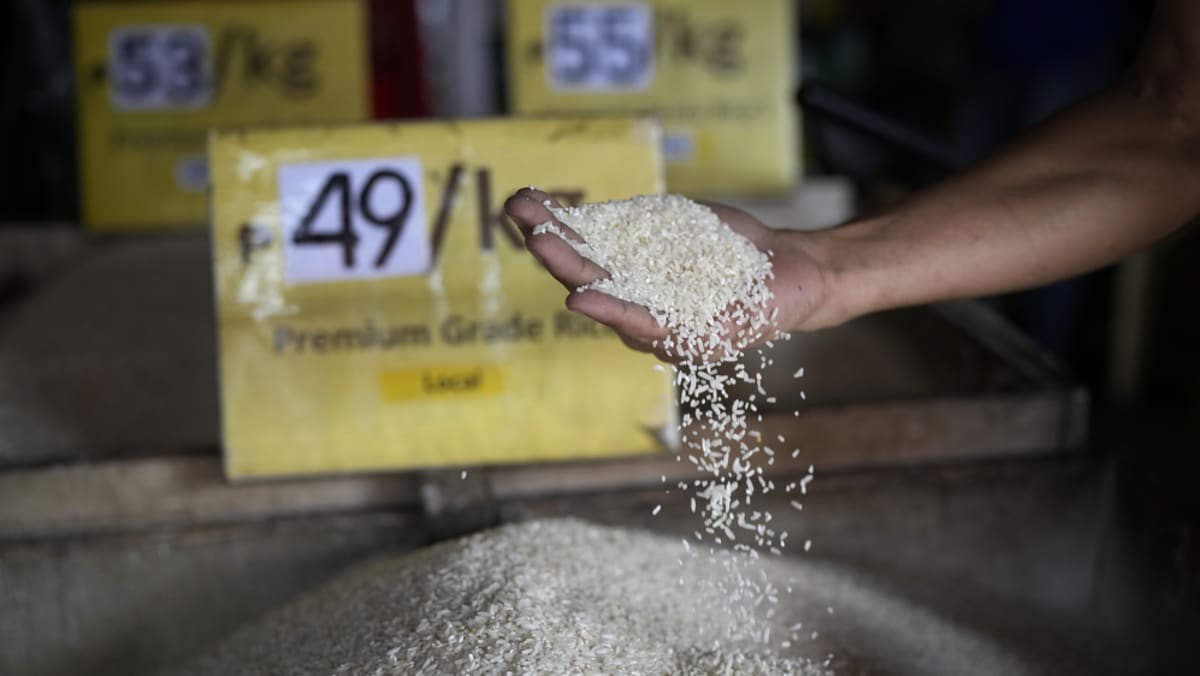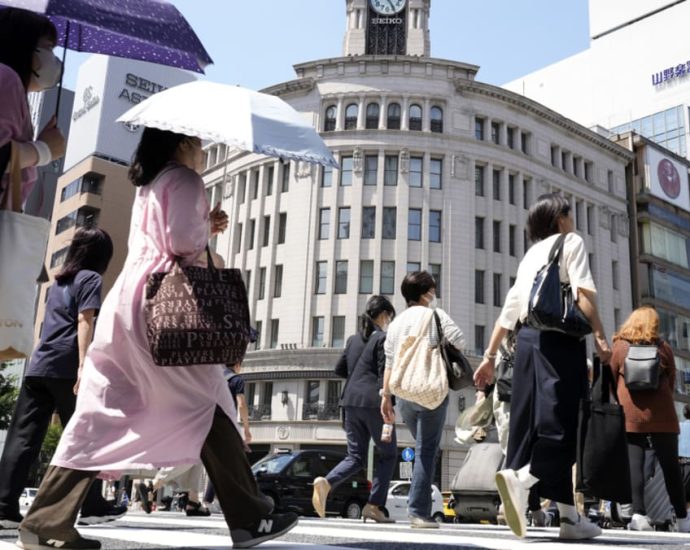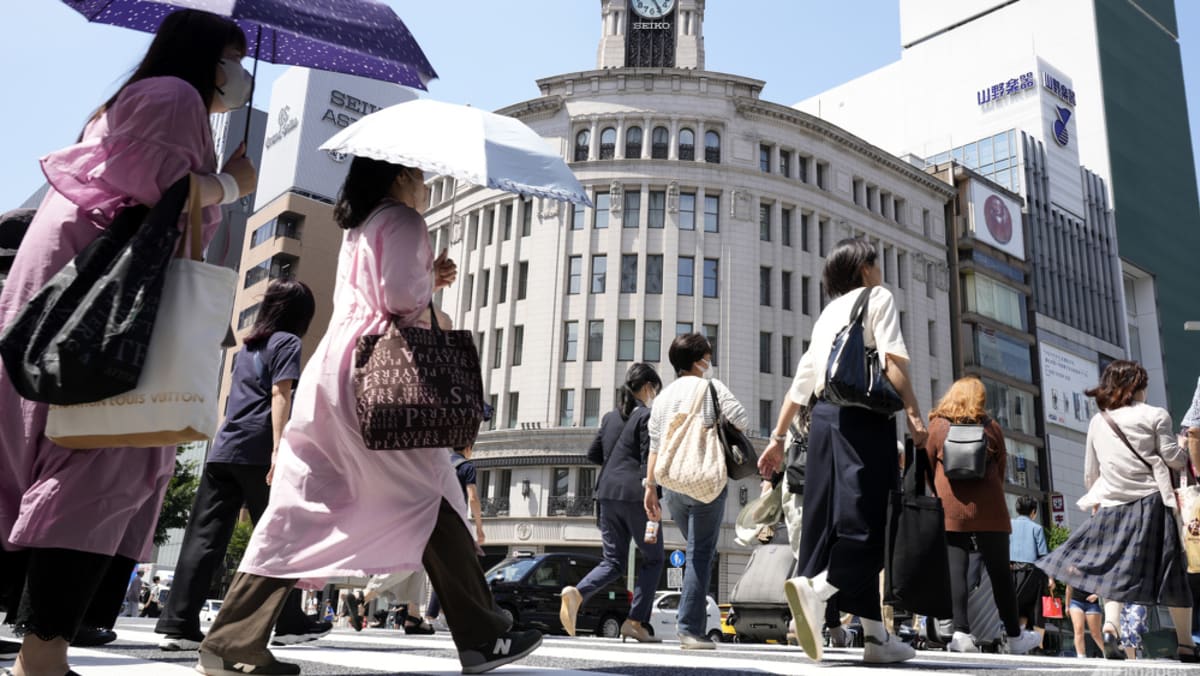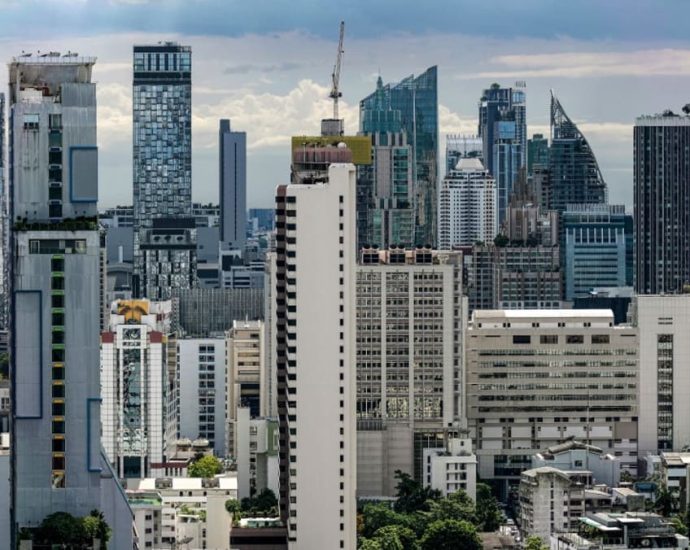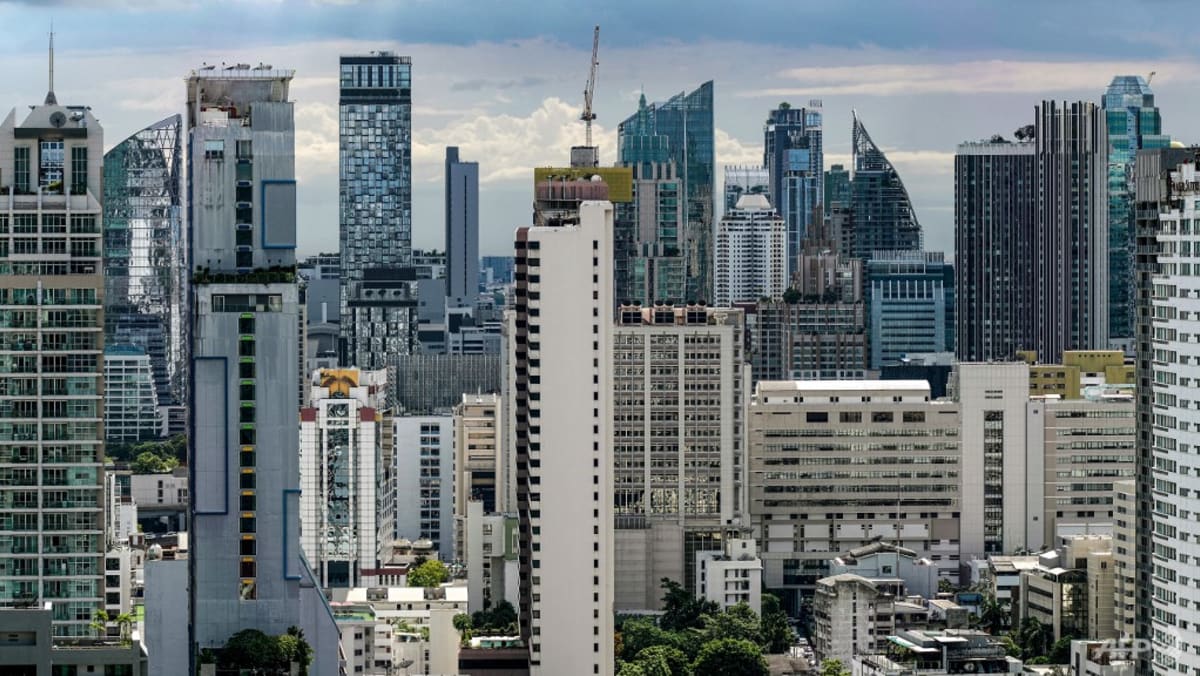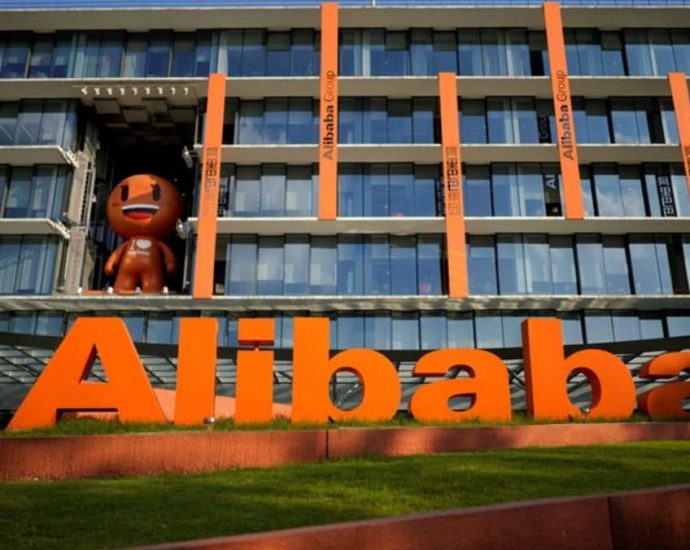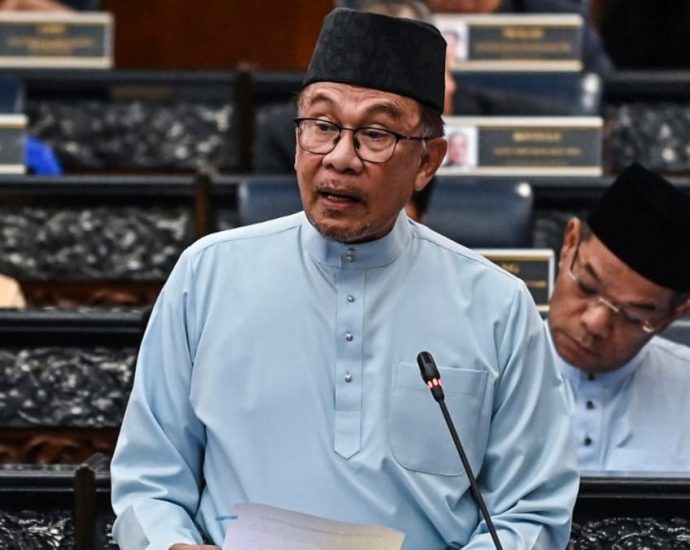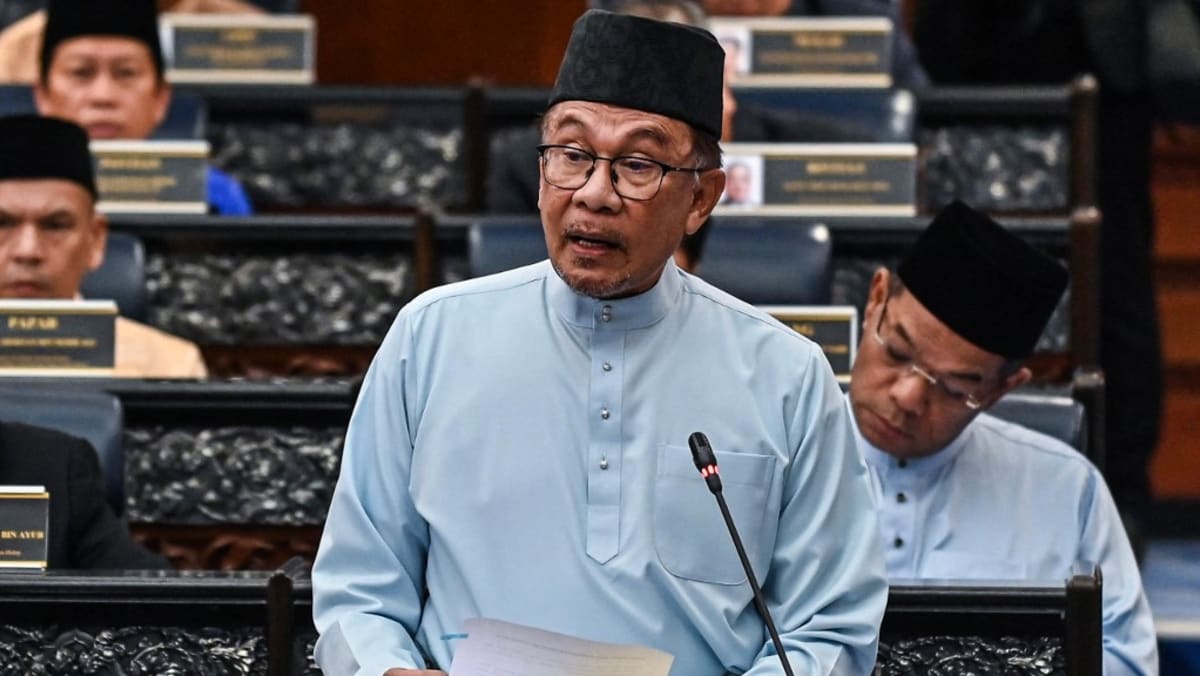Commentary: Deflation is the last thing Chinaâs recovery needs
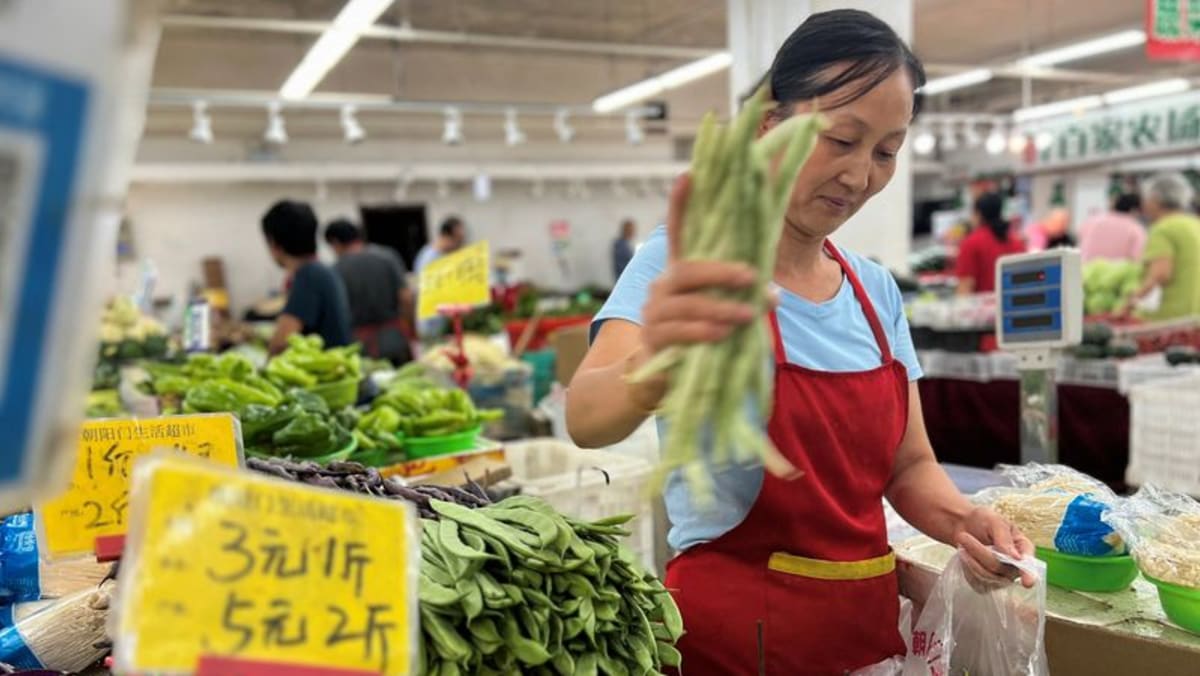
CHEAPER STUFF ISN’T A BLESSING
Given the surge in inflation in most major economies last year, you might think cheaper stuff is a blessing for China – or any country. Not really. A protracted fall in prices tends to create the expectation that, if companies or consumers wait a bit longer to make a major purchase, then things will be even less expensive.
Businesses relentlessly seek ways to cut their own costs, including investment and, in time, wages and jobs. In a widely cited 2002 speech, Ben Bernanke, then a Fed governor, left no doubt about its corrosiveness. “Sustained deflation can be highly destructive to a modern economy and should be strongly resisted,” he warned.
Interest rates can be cut. The PBOC has been lowering them for a while, though it’s been reluctant to make deep reductions. Bloomberg Economics projects a trim of 10 basis points in the main rate next week.
There’s a huge role for fiscal policy, too, and Beijing appears to be on board. Last month, the legislature green-lighted the deficit exceeding the traditional limit of 3 per cent of GDP. There’s now a greater sense of urgency.
The dour statistics remind us how far China has to go before its economy can hum again – at a pace of growth more like that of other major powers, not the exceptional beast of yesteryear. Given the traumas in global policymaking in the past few years, it’s easy to forget that in 2017 Janet Yellen, then Fed chair, almost sounded wistful about perky inflation.
Its quiescence in the midst of a long expansion was dubbed a “mystery” by Yellen, who is now Treasury secretary. China can probably relate. Such is the tyranny of being a grown-up economy, complete with ups and downs.

